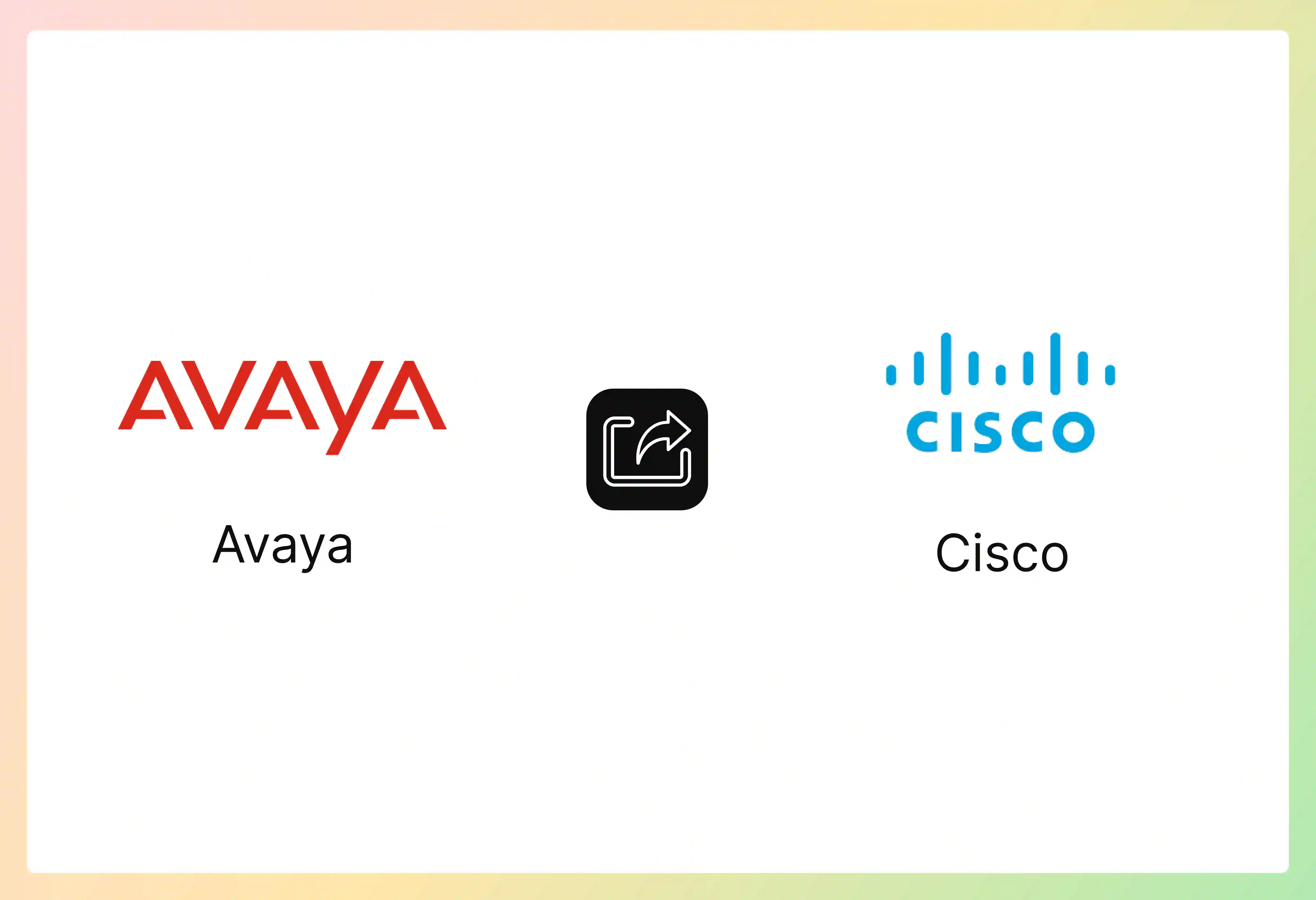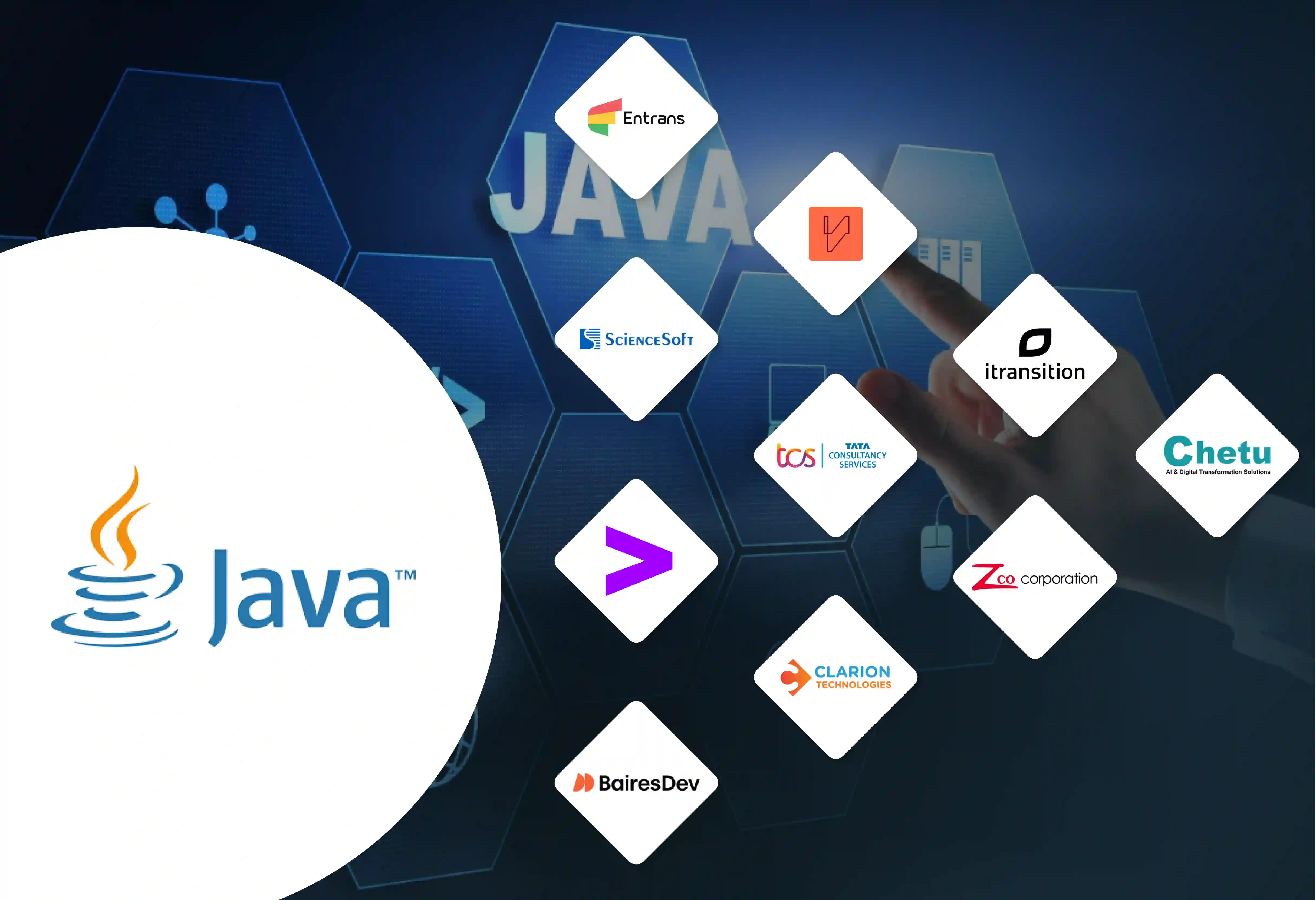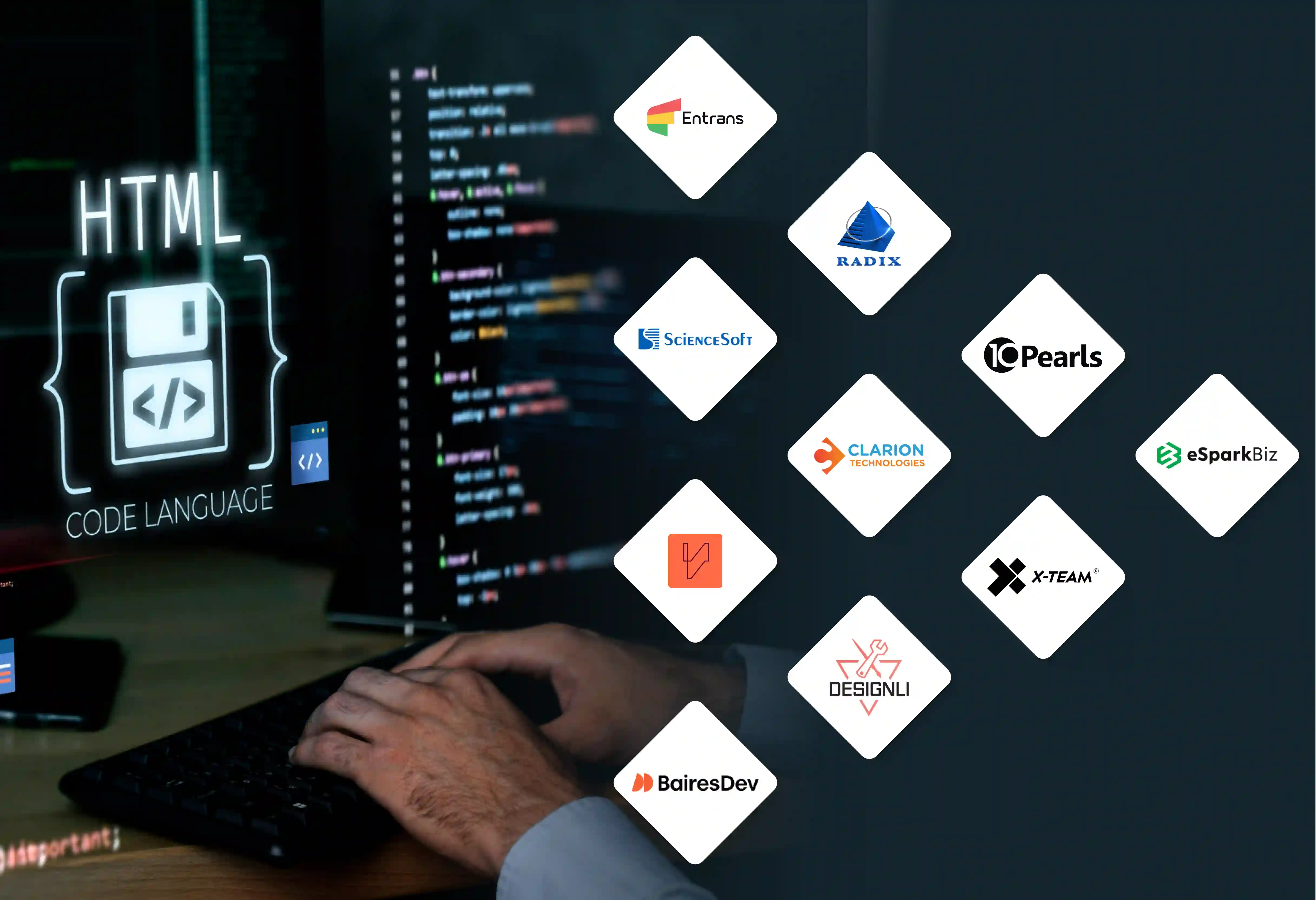


The Cisco Webex Contact Center has a dependable, cloud-native design.
Besides this, companies that migrate to Cisco see a large drop in daily operational costs.
But more importantly, moving from an older on-premise system like Avaya to a cloud-based CCaaS gives businesses freedom.
How? Well, migrating from Avaya to Cisco helps companies meet the modern age of AI and automation quickly and without gaps
Here’s how you, too, can move from Avaya to Cisco step-by-step.
Avaya and Cisco Webex Contact Center are both important systems for large contact centers. They are very different in their design, architecture, and daily work.
Choosing to switch to Cisco Webex Contact Center is a planned business decision. It shows a desire to move past the limits of older, on-premise systems like Avaya.
A move from Avaya to Cisco lets a company use a more flexible, cost-effective, and lasting model. This model affects customer and employee interactions. The change is more than a technology refresh. It is a planned move to lower business risk by working with a stable, market-leading vendor. It also future-proofs the company's communication setup.
Migrating from the older Avaya platform to the Cisco Webex Contact Center system gives several major benefits.
The advantages of migrating from Avaya to Cisco create a strong business case.
This change can turn IT from a cost center into a business partner that actively contributes to company success.
Cisco Webex Contact Center changes the financial picture for a contact center.
The platform gives agents a single, unified view. This view brings together all customer channels and information. It connects directly with leading CRM systems like Salesforce, Zendesk, and Microsoft Dynamics.
As a leading CCaaS solution, Webex Contact Center is continually updated. It receives the latest features, AI-powered innovations, and needed security patches from Cisco.
Webex Contact Center was built as a cloud-native service on Amazon Web Services (AWS). It can grow or shrink to handle demand. The platform's consistency is supported by a fault-tolerant, geo-redundant design. This design promotes high availability and business continuity.
This model moves the job of managing the technical setup from the company's IT team to the vendor. This part of an Avaya to Cisco migration supports business continuity and system strength. It does so without needing extra data centers.
It also uses Cisco's strong reputation for security. It includes advanced encryption and follows strict compliance standards like ISO27001:2013.
The Webex platform is a central part of a broader unified communications platform. This platform brings together CCaaS, Unified Communications as a Service (UCaaS) for calling, and Communications Platform as a Service (CPaaS) functions.
This entire ecosystem is managed through one unified portal, the Webex Control Hub. This greatly simplifies management. This tight connection directly addresses the fragmented nature of many older settings. After your Avaya to Cisco migration, you avoid the "integration debt" that can build up when trying to connect separate systems.
Without a clear and organized plan, a move from Avaya to Cisco can become a risky project. Research shows that 60% of cloud moves exceed their budget and schedule because of unexpected complexities.
By breaking the project into clear, separate stages, a business can manage this change with confidence and little disruption.
A smooth Avaya to Cisco migration starts with a full understanding of the current system. It also needs a clear, measurable picture for the future. Research shows that 42% of companies struggle to see expected benefits from a cloud move because of poor planning.
This first stage is a planning exercise. Its purpose is to define what success looks like for your business. It is much more than a simple technical check.
Main steps in this stage:
With a clear plan in place, the next step is the hands-on technical work. This involves configuring the Webex platform and moving user and configuration data before your full Avaya to Cisco migration.
This stage is often the most time-consuming part of the project. The correctness of the moved data is the single greatest technical risk. If the new Webex analytics and AI tools are fed inaccurate data—a "Garbage In, Gospel Out" situation—they will produce flawed insights.
Main steps in this stage:
The final phase in the Avaya to Cisco migration is about the human and operational parts of the change. This means cutting over to the new system, making sure users are prepared, and setting up processes for ongoing management.
This is where the project's success is finally realized. It moves from a technical setup to a fully used business solution.
A Deloitte report found that 68% of companies saw a drop in productivity after a technology change due to poor change management.
Main steps in this stage:
During an Avaya to Cisco migration, teams will face problems. These can range from underestimating the project's complexity to technical hurdles with network carriers and the human side of change. Here is how to handle these common issues.
A frequent and costly error is underestimating the technical and operational complexity of the project. A 2022 Gartner report showed that 60% of cloud moves went over budget and schedule because of these unexpected complexities.
This highlights a key difference in thinking. An Avaya to Cisco migration can cause user unhappiness if not managed well.
How to handle this:
Some of the biggest technical challenges in an Avaya to Cisco migration come from the network and outside telecom carriers. These are often outside the project team's direct control but have a huge impact on performance.
In one documented move, a specific carrier's network created a SIP loop when handing off calls to the Webex cloud. This added more than ten seconds of dead air after a call was answered. This led to a high rate of abandoned calls.
This kind of issue can be a big problem for operations. Teams must be ready to do deep troubleshooting to keep the customer experience consistent.
How to handle this:
Avaya to Cisco migration results in a change for people just as much as it is for technology.
IT teams used to managing on-premise hardware must learn new skills. These include cloud services, APIs, and vendor contract management.
At the same time, agents and supervisors who have used the same tools for years may not want to change their work habits.
One long-time Avaya user noted the "charcoal gray background" of the old interface but was still used to it. This can lead to low use of the new system and poor morale if not handled well.
How to handle this:
Migrating from Avaya to Cisco Webex Contact Center opens up flexibility, large cost savings, and a capable, AI-assisted platform for new ideas.
At Entrans, we specialize in handling the details of your Avaya to Cisco migration.
With partnerships with Fortune 500 and Fortune 200 companies, Entrans has certified professionals equipped to handle a wide range of tech stacks and custom requirements.
Are you looking for an experienced partner for your Avaya to Cisco migration?
Our team is ready to create a clear, low-risk roadmap and guide you to a successful launch.
Contact us today to schedule a free consultation!
The project needs an upfront investment in planning and services. But the long-term money benefits of an Avaya to Cisco migration are large. A Forrester study found a 262% ROI, with a payback period of just 13 months. This is because costs for hardware, maintenance, and licenses are removed, and large operational performance gains are made.
Yes. It has strong phone features. But Webex Contact Center is a complete, all-channel Contact Center as a Service (CCaaS) platform. It brings together every customer contact point—including voice, chat, and messages—into one unified system with meetings and collaboration tools.
Agents and supervisors use all Webex tools through a web browser or a desktop application. Its cloud-native architecture allows for a secure and consistent experience for both in-office and remote agents. This fully supports a modern hybrid workforce model.
Yes, for most companies, this move is a necessary planned step. An Avaya to Cisco migration lets a company leave the costs and limits of older on-premise equipment. They can then use a modern, flexible, and innovative cloud platform. Both Gartner and PeerSpot recognize Cisco as a leader in the CCaaS market.
Webex Contact Center is a cloud-native service. It is built completely on Amazon Web Services (AWS) using a modern microservices architecture. This foundation gives it great capacity to expand, high-level security, and strong consistency.
No, Webex Contact Center is not a CRM. It is a customer experience platform designed to connect smoothly with top CRM systems like Salesforce, Zendesk, and Microsoft Dynamics. It improves your CRM by adding a capable, connected communication layer.
Not necessarily, but it requires planning. When moving to Webex Calling, there is no direct method to move existing voicemail messages. Similarly, most on-premise call recording solutions become incompatible. They require a planned transition to a new, cloud-based recording platform. These items must be identified early in the project.
Webex Contact Center is a cloud-native Contact Center as a Service (CCaaS) platform. Because it's part of a larger suite, it's also considered a Unified Communications as a Service (UCaaS) solution with built-in CCaaS functions.
Yes, Voice over Internet Protocol (VoIP) is the main technology used by Webex Contact Center for all voice calls. This lets voice be sent as data over the internet. This gives much more flexibility and connection options than old phone lines.
Lorem ipsum dolor sit amet, consectetur adipiscing elit, sed do eiusmod tempor incididunt ut labore et dolore magna aliqua. Ut enim ad minim veniam, quis nostrud exercitation ullamco laboris nisi ut aliquip ex ea commodo consequat. Duis aute irure dolor in reprehenderit in voluptate velit esse cillum dolore eu fugiat nulla pariatur.
Block quote
Ordered list
Unordered list
Bold text
Emphasis
Superscript
Subscript






